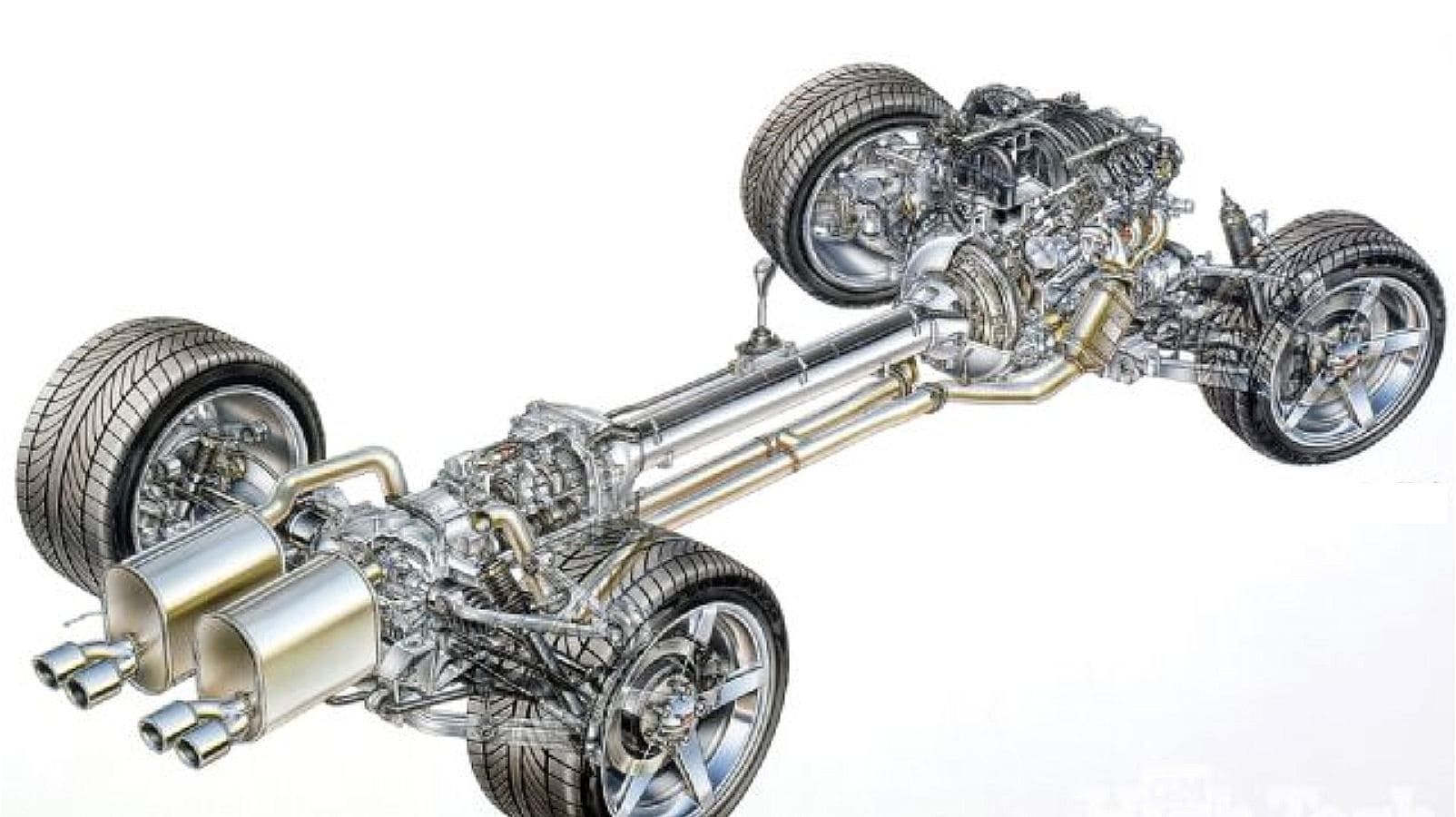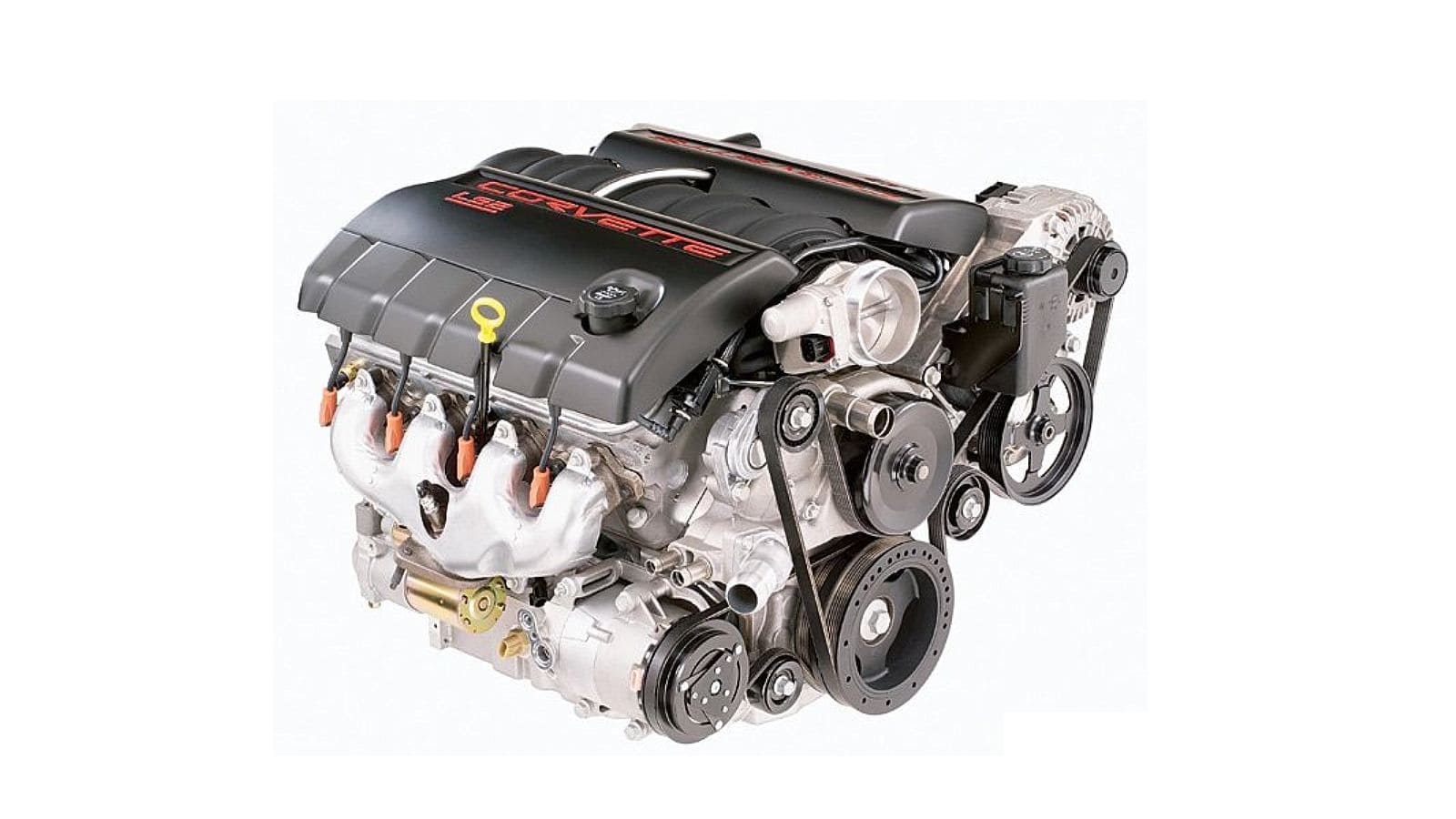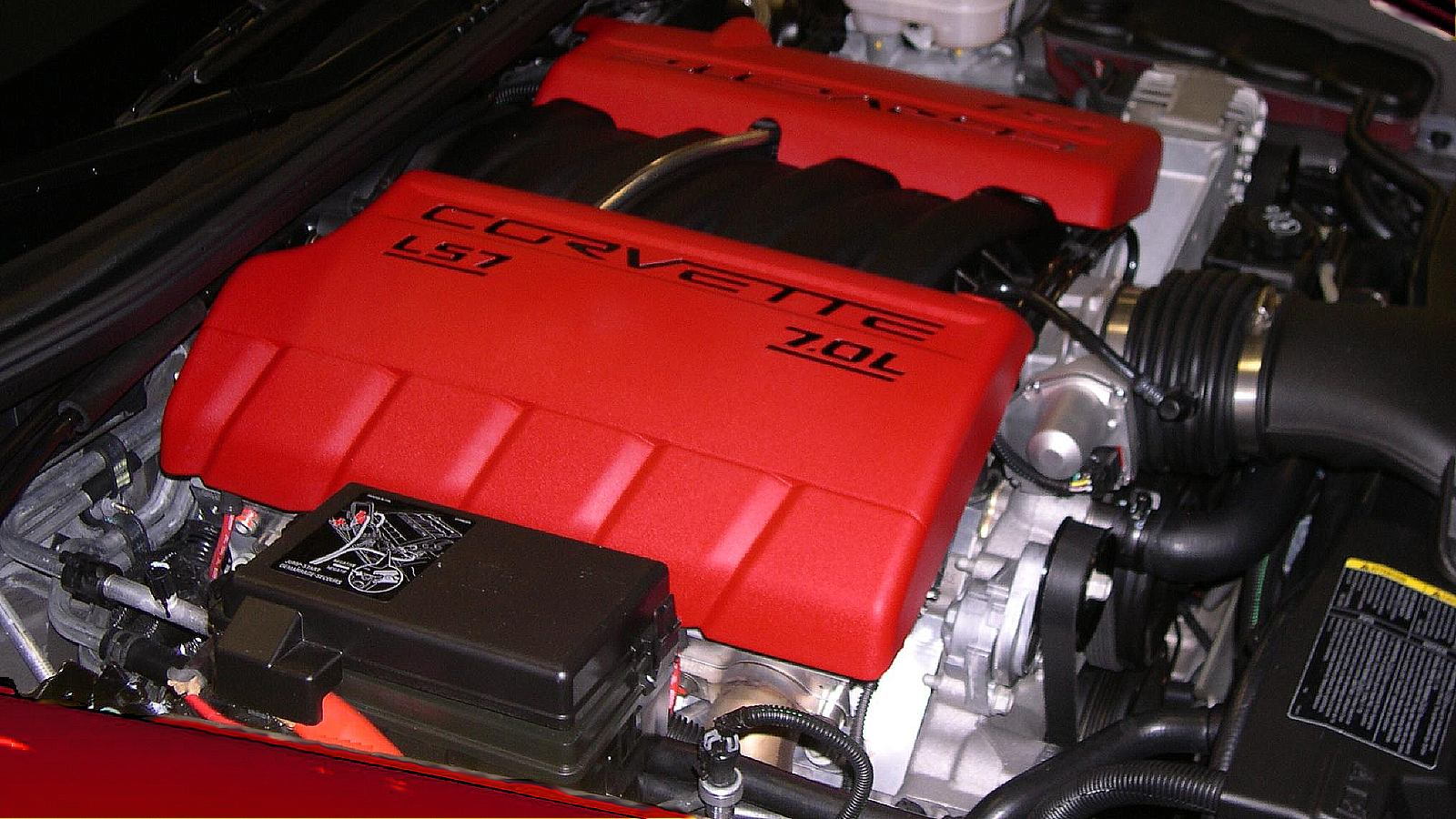C6 Corvette: General Information and Specs
Since 2005, every version of the C6 has included engineering changes affecting either the engine, drivetrain, brakes, or steering and handling. Read this brief history of C6 performance improvements.
This article applies to the C6 Corvette (2005-2013).
Production on the sixth generation of the Chevrolet Corvette began in 2005 and ended with the 2013 model—the C7 was introduced in 2014. The C6 generation introduced significant steering and suspension improvements as an effort to improve both response and control. Also, it produced many significant drivetrain refinements.
Manual Transmissions

C6 Corvettes maintained the transmission tunnel and rear transaxle design, which was introduced in the C5. By attaching the transmission directly to the rear differential allowed more room for the driver and passenger, but it also helped better split the front and back weight ratio.
T-56 Six-Speed Transmission

The venerable Borg-Warner T-56 six-speed manual overdrive transmission was first added to the C5 Corvette in 1997. Starting in 1998 the T-56 (unchanged) was built by Tremec, which is a Mexican company who used the T-56 designs (licensed from Borg-Warner). C6 Corvettes from 2005 to 2007 utilized the Tremec T-56. However, concerns regarding the Tremec T-56's ability to handle the dramatically increased torque requirements of the 2006 Corvette (and soon to be reborn Z06) resulted in many refinements to the T-56 transmission for 2006. These refinements included:
- A stronger single-piece countershaft
- Double-cone and triple-cone synchronizers on all forward gears
- An enlarged output shaft (for the Z06)
TR-6060 Six-Speed Transmission

Available for the C6 Corvette—from 2008 to 2013—was Tremec’s new TR-6060 six-speed manual overdrive transmission. This new design offered drivers a reduced shift travel for faster acceleration, it utilized larger gears for better durability and increased torque requirements.
Automatic Transmissions

Available in 2005 was the GM’s Hydra-Matic 4L65-E four-speed automatic, which included Performance Algorithm Shifting control. Nearly identical in size to the four-speed transmission it replaced, GM's Hydra-Matic's six-speed overdrive RWD 6L80 was first introduced in the 2006 Corvette. This transmission now incorporated clutch-to-clutch shifting, and 32-bit electro-hydraulic Transmission Control Module (TCM), which optimized shifting transmission performance according to a variety of vehicle inputs. The TCM was mounted inside the transmission to keep its operating temperature low and to shield it from spurious signals.
The Driver Shift Control allowed the driver to shift like a clutch-less manual gearbox. Electronic safeguards were in place to prevent over-revving or loss of vehicle control if the wrong gear was accidentally selected. In addition, an available "paddle shift" feature incorporated “shift up” and “shift down” buttons, which are located on either side of the steering wheel to make performance shifting even easier.
Automatic Engines

Included on the original 2005 model was a 6L (364 ci) small block V-8 (the LS2), which is rated at 400 hp and 400 lb-ft of torque. This engine design had its roots in the C5’s high-performance Z06 engine.
LS7 Engine

For the 2006 model, a much anticipated, higher-performance Z06 model was reintroduced. It came with an LS7, which is a big, new, race-built (at GM’s Performance Build Center) 7.0L (427 ci) small block V-8. With 505 hp and 470 lb-ft of torque, which at the time it quickly proved itself to be one of the most powerful, naturally-aspirated engines on the planet.
This engine featured such racing touches as a dry-sump oiling system (with manual transmissions) to help maintain proper lubrication during high-speed cornering, as well for the cooling systems for transmission and differential.
LS3 Engine

In 2008 the base model was upgraded to the LS3 V-8 engine with 6.2L (376 ci), which is rated at 430 hp and 424 lb-ft of torque. Adding the optional high-performance exhaust system improved these specs to 436 hp and 428 lb-ft of torque.
LS9 Engine

For the 2009 model, the performance anté was upped again when the ZR1 Corvette was reintroduced. It included distinctive body enhancements: new badging, carbon-fiber roof panels, distinct fender designs, and window view of the engine.
However, instead of a bigger and more powerful engine design, its LS9 engine was a heavily revamped version of the LS3 6.2L engine that utilized a better flywheel, titanium connecting rods, and an oil capacity increase from 8.0 to 10.5 quarts (9.94 liters). Most dramatically, this engine now produced a whopping 638 hp and 601 lb-ft of torque. Attaining this throughput required an Eaton TVS R2300 four-lobe supercharger (what you were able to see through the window of the hood) with intercoolers from Behr for each cylinder bank. The four-lobe design offered improved response and less lag over previous three-lobe models. Bringing all this power to a halt were carbon ceramic brakes with twice the contact area of those used on the Z06.
Unlike European rivals, supercharging for the Corvette was a long time coming. A prototype supercharged 1953 Corvette was demonstrated by McCulloch Motors to GM around 1954, but rejected because of the factory’s future performance plans for small-block V-8s.
For the 2010's model, the Grand Sport trim package was brought back. Added to the base LS3 engine (436 hp, and 428 lb-ft of torque), and by taking its visual cue from the Z06 and ZR1, the Grand Sport incorporated wider fenders with special front fender badging as well as front splitter and rear spoiler. Its refinements also included extra cooling—for manual transmission and differential— and top-of-the-line brakes.
Related Discussions
- How Many Cubic Inches Are In LS2 - CorvetteForum.com
- LS2 Certified Horsepower - CorvetteForum.com
- Is the TREMEC T-56 Manual Trans Junk - CorvetteForum.com
- C6 Paddleshift Info - CorvetteForum.com






